Serratus Posterior Superior Muscle
Table of Contents
Serratus Posterior Superior Muscle Anatomy
The serratus posterior superior muscle is a thin, flat muscle located in the upper back region. Comprising a part of the intrinsic musculature of the back, the serratus posterior superior plays a crucial role in respiratory mechanics and postural support.
The upper and lower back contain two paired muscles called serratus posterior. Among them are:
- The superior serratus posterior muscle
- The inferior serratus posterior muscle
These muscles collectively make up the middle layer of the back’s extrinsic musculature.
From the spinal column, the serratus posterior muscles extend obliquely to the rib cage. These muscles’ primary job is to make breathing easier. The serratus posterior inferior muscle depresses the ribs, while the serratus posterior superior muscle raises them. These movements are especially crucial during forced breathing.
The spinous processes of C7, T1, T2, and occasionally T3, as well as the supraspinal ligament, give rise to the aponeurosis of the serratus posterior superior muscle.
It is placed past the rib angle through four fleshy digitations into the upper borders of the second, third, fourth, and fifth ribs.
Origin
Nuchal ligament (or ligamentum nuchae) and the spinous processes of the vertebrae C7 through T3.
Insertion
The upper borders of the 2nd through 5th rib.
Nerve Supply
2nd through 5th intercostal nerves.
Blood Supply
The posterior intercostal arteries give blood to the serratus posterior superior muscle. The higher lumbar and subcostal arteries deliver more blood to the serratus posterior inferior.
Actions
Elevates ribs 2-5.
Ribs 2 to 5 are raised by the serratus posterior superior muscle. It supports inspiration and is one of the accessory breathing muscles.
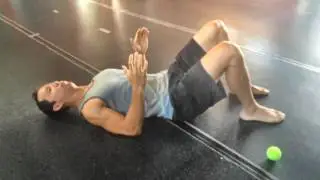
Relations
Located superficially to the thoracic portion of the thoracolumbar fascia covering the splenius cervicis is the serratus posterior superior muscle. It is situated deep in the trapezius muscle and the rhomboid.
Variations
- This muscle originates from the upper two or three thoracic vertebrae and the spinous processes of the C7 vertebra.
- One may be inserted on the second to fifth or second to fourth ribs.
Exercises of Serratus Posterior Superior Muscle
Maintaining proper posture, boosting respiratory efficiency, and avoiding injuries all depend on strengthening the serratus posterior superior muscle. The following workouts focus on the serratus posterior superior:
Scapular Wall Slides:
Place your feet approximately a foot away from the wall and lean your back against it.
Put your hands shoulder-height on the wall.
Keeping your back to the wall, slowly glide your hands up the wall.
As you slide your hands upward, concentrate on protracting (moving away from the spine) your shoulder blades.
Repeat from the beginning position.
Scapular Protraction Exercise:
Start on your hands and knees in the tabletop posture.
Push the floor away to extend your shoulder blades, then allow them to come together (scapular retraction).
Emphasize the protraction phase as you repeat this motion.
Prone Y-Raises:
Place your arms out in a Y-shape above your head while lying face down on an exercise mat.
Squeeze your shoulder blades together as you raise your arms and chest off the ground.
After a brief period of time, return to the lowered position.
Make sure the muscles in between the shoulder blades are the main emphasis.
Clinical Importance
Scapulocostal syndrome
Scapulocostal syndrome is a condition that can arise from the overuse of the serratus posterior superior and other back muscles (e.g., cradling the phone between ear and shoulder). Pain and paresthesia radiating to the neck, chest, and upper extremities along the medial edge of the scapula are its defining characteristics.
One of the classic indications is pain, especially in the little finger when the muscle is palpated. Lifting objects with outstretched hands or engaging in other activities that put a strain on the serratus posterior superior muscle by the scapula can exacerbate the pain.
In terms of clinical presentation, cervical radiculopathy—a lesion of the spinal nerves of the cervical vertebral column—is often confused with scapulocostal syndrome. This condition is characterized by numbness, muscle weakness, and further neurological abnormalities, such as absentee or weak reflexes. Consideration should also be given to rotator cuff rupture or arthritis as a differential diagnosis.
Serratus Posterior Superior Pain
Due to its placement in the shoulder girdle, the serratus posterior superior can occasionally cause problems because of its overlap with other muscles’ pain patterns. Trigger points, or muscular knots, in the serratus posterior superior muscle often cause deep aches behind the shoulder blade or in the back of the shoulder, at the elbow, and on the pinky side of the wrist and hand.
What results in serratus posterior superior trigger points?
Breathing heavily while exercising or having trouble breathing when suffering from a respiratory condition like pneumonia.
A few days of muscle rest or even a visit to the physical therapist can help reduce pain and increase range of motion.
Serratus posterior superior muscle injury
Injury to the serratus posterior superior muscle may occur due to various factors, such as overuse, trauma, or poor posture.
A serratus posterior superior muscle injury frequently manifests as localized pain, soreness, and limited range of motion in the upper back. People occasionally have trouble breathing deeply or feel uncomfortable when doing specific activities.
Pain management, physical therapy, and rest are frequently included in treatment plans. The healing process might be accelerated by understanding the underlying causes and carrying out specific rehabilitation activities.
FAQ
The serratus posterior superior, a supporting muscle of inspiration, plays a stabilizing role in the thorax and aids in raising the ribs during inspiration. The thoracic vertebrae’s extension is lessened by the bilateral action of the posterior superior and posterior inferior.
In order to facilitate deep inspiration, this muscle raises the second through fifth ribs (inhalation). This muscle frequently develops myofascial trigger points, which can be brought on by bad postures—such as spending a lot of time sitting still or writing at a high desk or table—movements, and illnesses when coughing is a symptom.
One of the muscles located in the back’s intermediate compartment is the serratus posterior superior. It is situated deep to the rhomboid muscles in the upper back and is narrow and rectangular in shape.
Upper Back
The quadrilateral serratus posterior superior muscle is a slender muscle. It is located deep to the rhomboid muscles in the upper back region of the thorax.
References
BSc, E. P. (2023, October 30). Serratus posterior muscles. Kenhub. https://www.kenhub.com/en/library/anatomy/serratus-posterior-muscles

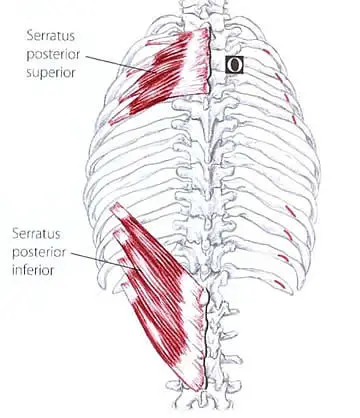
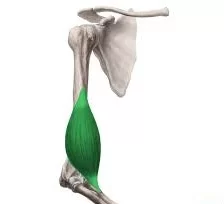
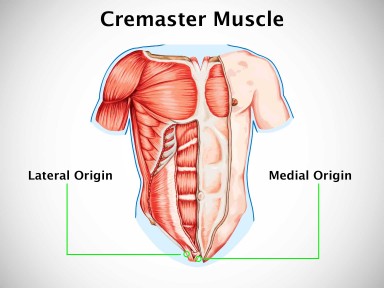
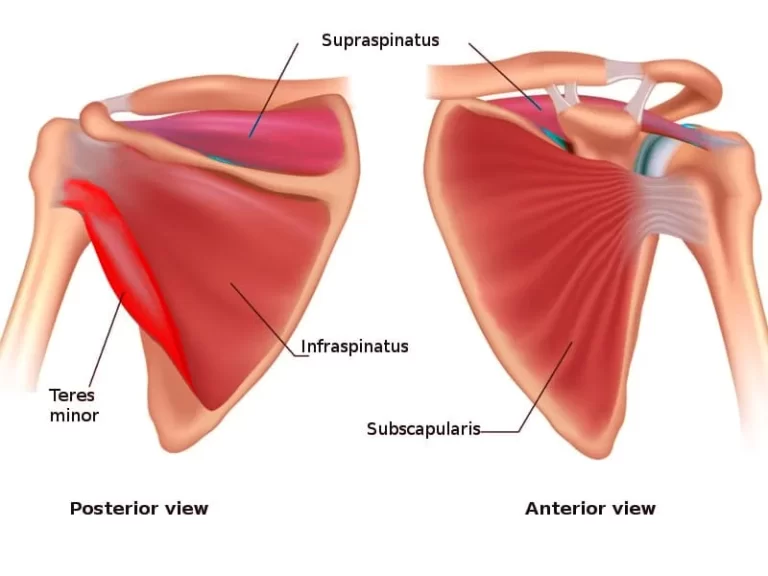
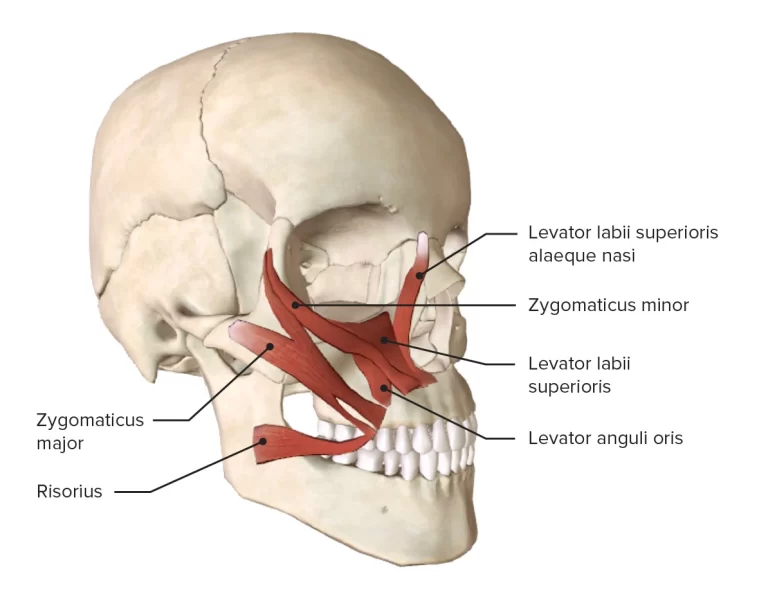
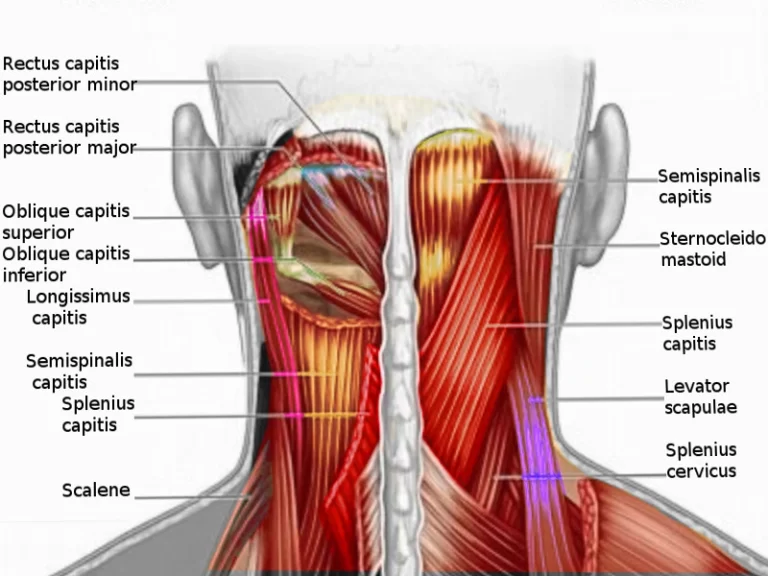
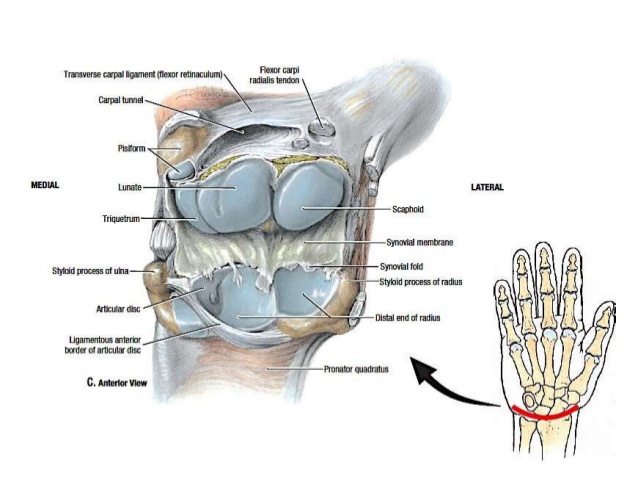
One Comment